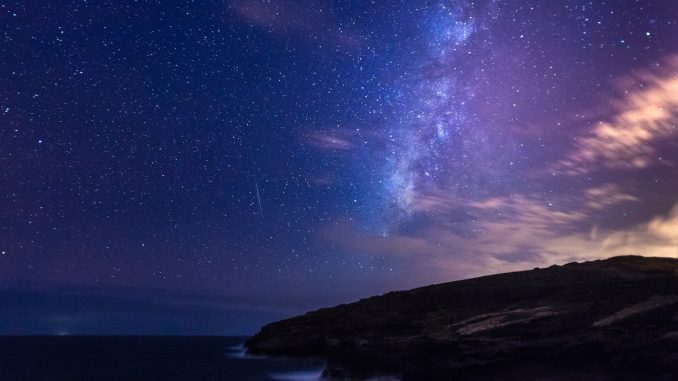
Astronomers are getting ready for one of the best meteor showers of the year which is coming in just a few days.
The Perseid meteor shower will be lighting up the night sky starting Wednesday and will be visible in the Northern Hemisphere.

BYPASS THE CENSORS
Sign up to get unfiltered news delivered straight to your inbox.
You can unsubscribe any time. By subscribing you agree to our Terms of Use
Latest Video
The annual display could fill the sky with more than 100 shooting stars per hour during its peak.
According to Time.com: Aug. 12 and Aug. 13 will be the ideal nights to catch the Perseids. NASA advises viewers to get as far away from city lights as possible and to keep the binoculars and telescopes at home as the meteors are easiest to see when taking in the whole sky. Also, don’t look at your cell phone. The bright screen will delay your eyes’ ability to get accustomed to the dark.
CNN reports: The best part about the showing is that it will happen a day before the new moon, meaning the night skies will be dark and perfect for meteor spotting. Under clear and dark skies, observers could expect to see up to 100 shooting stars an hour.
Astronomy experts say that those conditions have not been available since 2010.
Stargazers, campers or simply astronomy lovers will not need any additional equipment like a telescope to see the meteor shower. These fiery streaks of light should be visible to the naked eye that evening. But going to a rural area, away from urban spaces that are filled with light pollution, will increase the chances of seeing the Perseid meteor shower.
Perfect conditions for summer’s major meteor shower
Staying up past midnight might also help viewers spot meteors. Some of the strongest showings happening in the predawn hours.
The Perseids are active from July 13 to August 26, according to the American Meteor Society, a nonprofit scientific organization that supports the research of astronomers, but the meteor shower peaks between August 12-13.
The meteor shower is composed of particles released from Comet 109/Swift-Tuttle during its many trips to the inner solar system, a region comprising terrestrial planets and asteroids.
The Perseids are named after the constellation Perseus because that is where the meteors seem to originate from when looking up at the sky.



